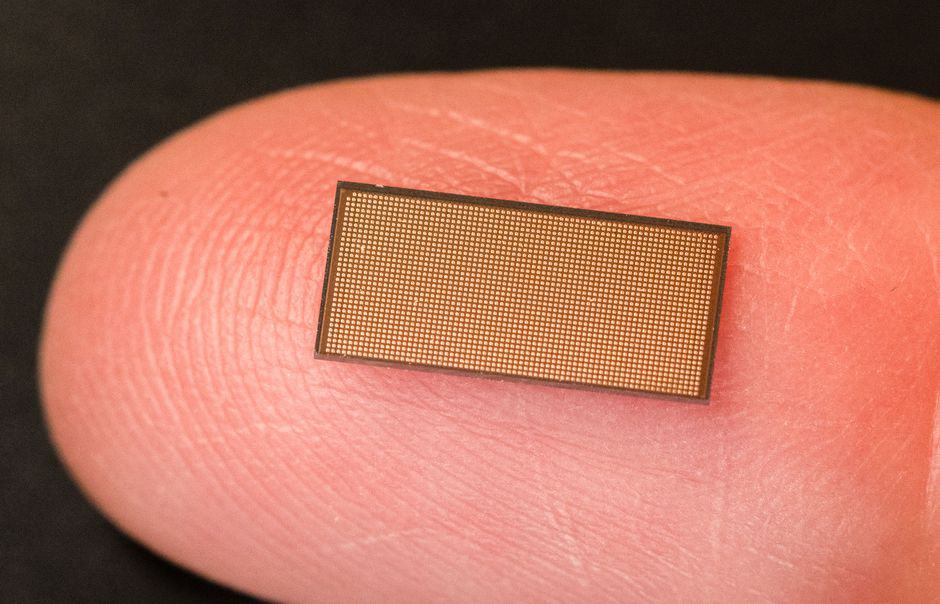Intel plans to further its work into creating a processor capable of actually mimicking a human brain, I am getting the rise of terminator’s vibe here. Intel has already shown its efforts in this field using its Loihi processor unveiled in 2018. it was made using the company’s proven 14nm node and had 128,000 neurons and synapses.
The successor to the Loihi processor will be the Loihi 2 processor which the company wants to create using its next-generation Intel 4 technology which relies on the company’s extreme ultraviolet (EUV) lithography, termed as the most sophisticated technology for chip manufacturing invented by humanity.
Neuromorphic computing architectures promise to address power consumption and enable new features such as automatic abstraction, fast generalization and on-the-fly learning, which is something that general-purpose or parallel computing architectures simply cannot offer within reasonable power budgets. Enter Loihi, Intel’s series of neuromorphic processors designed to mimic a brain.

The new Loihi 2 chip will have up to 1 million neurons integrated into it and can provide up to 10 times faster processing than the original Loihi. It will not only bring in higher performance but will also feature a considerably more flexible architecture, opening the doors to new types of neuromorphic applications.
The programmable neurons used for the Loihi 2 can be allocated up to 4096 states depending on the model and organizes into 128 neuromorphic cores which are in turn connected by a network-on-chip (NoC) enabling communication in the form of spike messages.
Intel also plans to further enhance the Loihi 2 architecture by adding support for three-factor learning rules and with better synaptic compression to enable faster internal data exchange.
Coming in the size of 31 mm2 die and packing 2.3 billion transistors, the Loihi 2 will offer 15 times greater neuron density compared to the original Loihi because it is made using the company’s pre-production Intel 4 process technology that takes advantage of EUV lithography.








